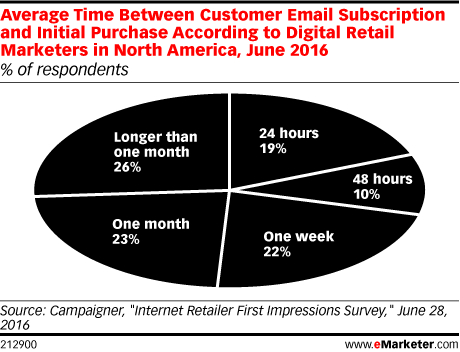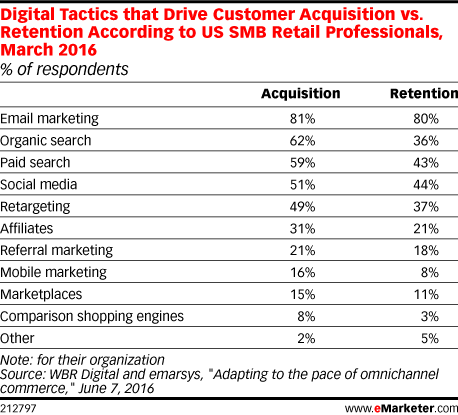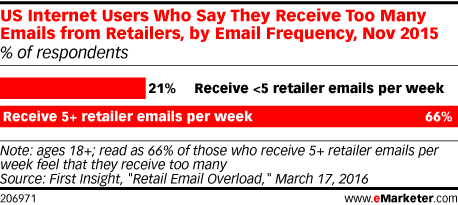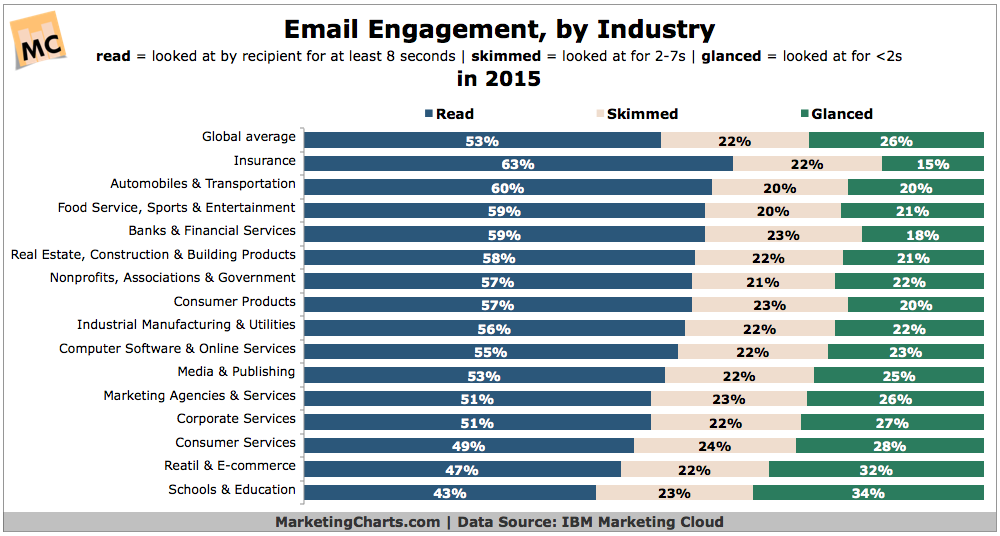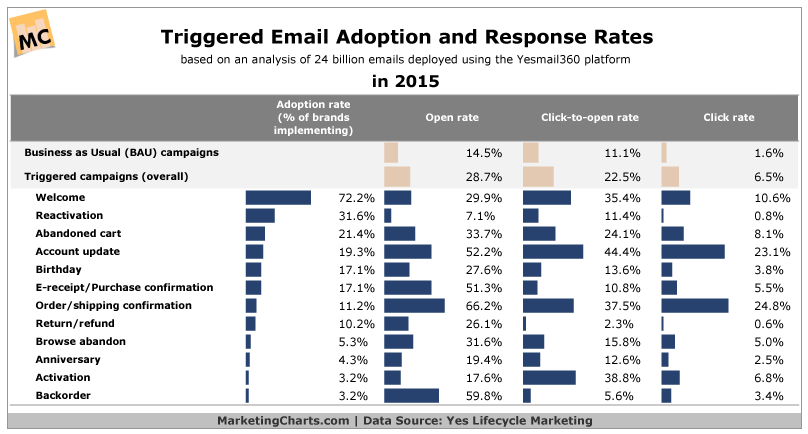Each week, we publish a mishmash of ecommerce-related, insight-infused articles for your to smash through. Just as we collect business information across all of a merchant’s channels in a single place, we’re doing the same for ecommerce-related content from a variety of top tier content creators.
It seems we’re always covering the topic of email, and it isn’t surprising why: it’s without a doubt one of the most important marketing strategies an online retailer possesses. In this week’s mishmash, we’ll once again dive into a chunk of data on how email fits into the customer’s purchase funnel, how consumers are viewing the content of your emails, the power of triggered emails, and, of course, email’s important role in reducing cart abandonment.
Abandoning High Cart Abandonment Rates
Let’s start with the very end of the purchase process. A customer has browsed your site, added a couple items, and is at the checkout page. Their mouse suddenly begins gravitating towards two buttons, the back button, or, even worse, the dreaded red X: they’re abandoning a cart. Cart abandonment is a plague for e-retailers. It’s extremely disheartening; you’ve got a customer interested in your products, your marketing seems to have worked, but just as they’re near the finish line, they fail to convert.
Email is a quick and effective way to bring them back. Shopify has a solid layout on how to implement a cart abandonment strategy revolving around email, with specific examples to boot. Sometimes, it’s a race against time; e-retailers launch cart abandonment emails hours after they occur. Other times, they launch an array of consecutive emails each with a discount that gets progressively larger in an effort to entice the customer to return.
Email at the Top of the Funnel
That’s towards the end of the process, but how does email play into the top of it — is it effective at acquiring customers? According to research by Campaigner, once you’ve got a customer’s email, it’s potentially only a matter of time until they purchase a product. A little more than half of online retailers and marketers claimed their average customer plugs in their credit cards around a week after providing their email. Clearly, they’re already on your site and have some purchase intent — all it takes a little email magic to seduce them into going a step further and converting.
Essentially, email can be utilized to acquire customers and sales. But, according to research by WBR Digital and emarsys, it goes a little further. Yes, email marketing can drive sales, but it’s also useful for retaining and engaging customers. In fact, it’s considered to be the best method of accomplishing both, with organic search coming in second in terms of acquisition, and social media coming in second when it comes to retention.
Do be careful not to overwhelm and irritate your potential and current customers, though. Email might be effective at opening the door to a sale, but it should be used in moderation. A study by First Insight found that consumers do receive too many emails from merchants at times. Those receiving more than five a week are particularly tired of overbearing marketing, while those at less than five are less inclined to be overwhelmed.
Tracking the Customer’s Eyes
It’s one thing to get customers’ emails in an effort to push them to purchase, but you won’t get them to convert if they’re not reading them. A report by IBM Marketing Cloud sought to determine how much time consumers spend absorbing an email’s content after opening them. While a merchant might be operating an online store in any of these industries, retail and ecommerce stand at 47% of emails being read, 23% skimmed, and 32% glanced at. Not the hottest stats compared to the other markets, but keep in mind that every merchant’s performance will be different — the effectiveness of content and personalization of your emails will make all the difference in engaging customers.
Which Triggered Emails Trigger Action
You may have emails for promotions and events, but triggered emails are a critical part of the customer’s purchase process, and they’re likely the most important emails you send out. They’re those automated emails alerting potential and current customers of something specifically related to their actions, whether it’s an abandoned cart, fresh sign up, or order information like shipping dates.
Lifecycle Marketing went ahead and analyzed billions of these automated emails to find out average metrics for each, like open and click-through rates. The gist of it: they’re highly effective. Although they’re not centered around the marketing promotions that drive sales, these triggered emails are a perfect opportunity for brand engagement with the customer thanks to their high rates. Be sure that the content of a triggered email, while automated, reflects your brand’s tone and style.


